12 Houseplants That Smell Worse Than You Think
Houseplants are a great way to brighten up your space, but not all of them smell as sweet as they look. Some indoor plants can bring a not-so-pleasant scent that lingers in your home. If you are considering adding a plant to your indoor collection, it is important to know which ones may leave you regretting your choice. From strong perfumes to foul odors, some plants have a unique aroma you may not want to deal with.
This post may contain affiliate links, which helps keep this content free. Please read our disclosure for more info.
Skunk Cabbage (Symplocarpus foetidus)
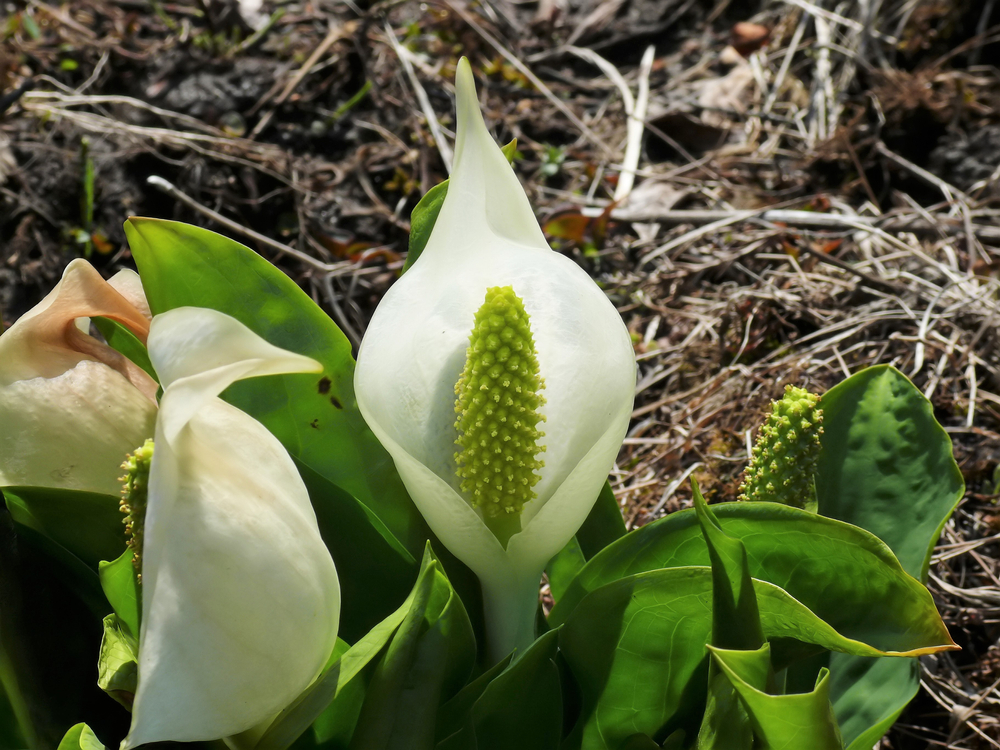
As its name suggests, the skunk cabbage releases a foul odor, particularly during its blooming season. The smell is often compared to the scent of rotten meat, which makes it unappealing as an indoor plant. This plant thrives in moist environments and can easily overwhelm a room with its unpleasant fragrance. You will likely regret adding it to your home if you enjoy a clean, neutral-smelling space.
Skunk cabbage is commonly found in wetlands and should only be grown in specific conditions. Its scent is not constant but can be powerful when the plant is blooming. For those looking for a plant that will not dominate the air with a strong odor, the skunk cabbage should be avoided. It is best suited for gardens where its smell can dissipate outdoors.
Chinese Perfume Plant (Polyscias fructicosa)
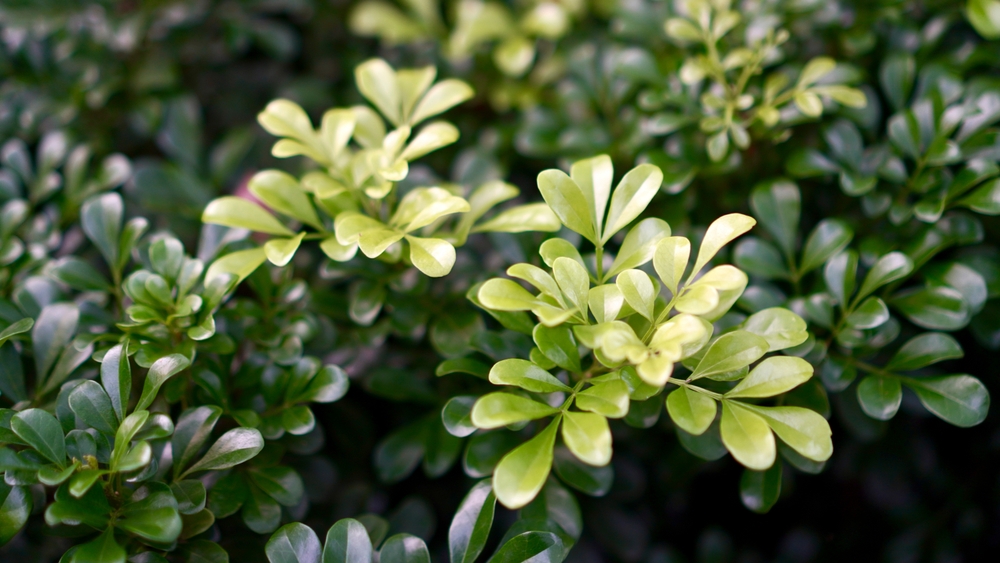
The Chinese perfume plant has a lovely name, but its scent is far from pleasant. It emits a strong, musky odor that can quickly fill a room. The scent is especially potent in warmer environments, making it more problematic when placed indoors. If you are sensitive to strong smells or prefer a subtle fragrance, this plant could cause discomfort.
While the Chinese perfume plant has attractive foliage, the smell is its most notable feature. It is often used as a houseplant, but it does not make a great indoor companion due to its overpowering aroma. If you decide to grow it inside, be prepared to deal with the heavy scent, especially in the warmer months. It may be better suited for larger spaces with plenty of airflow.
Stinking Hellebore (Helleborus foetidus)
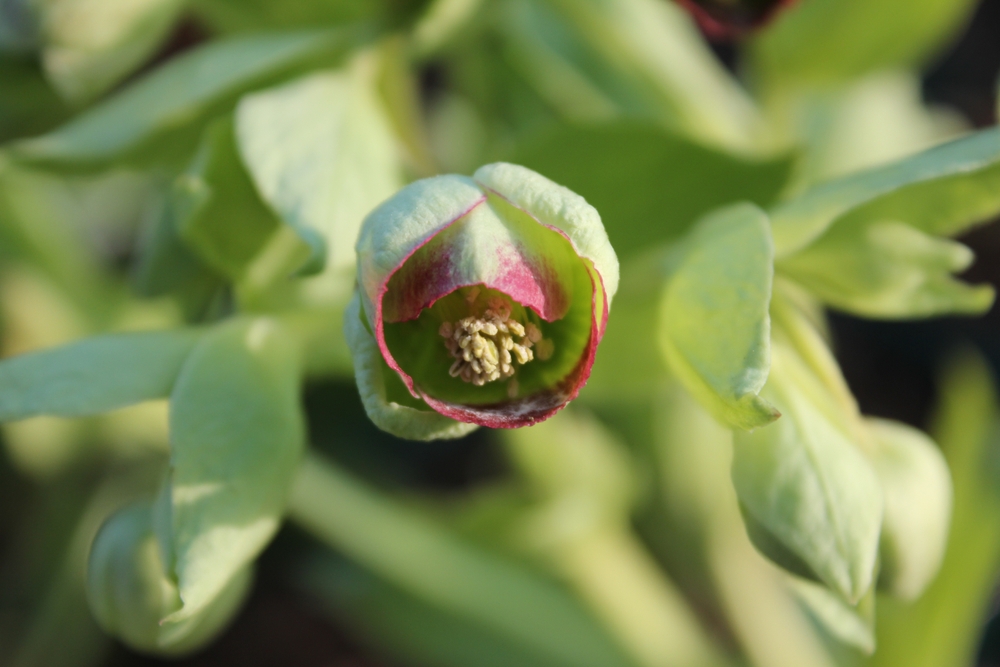
The stinking hellebore may be a beautiful perennial, but its odor is a dealbreaker for many. When disturbed, it releases a smell reminiscent of rotting meat, which can be unbearable in indoor settings. The plant’s fragrance can linger, making it hard to enjoy your home without constantly being aware of the scent. Despite its striking appearance, the smell is a major downside to bringing this plant indoors.
Native to Europe, the stinking hellebore is often used for landscaping outdoors, where the smell is not as noticeable. If grown indoors, however, it may cause you to reconsider its place in your home. This plant requires specific conditions to thrive, making it harder to manage in confined spaces. Its foul odor should not be underestimated when deciding if it is the right choice for you.
Titan Arum (Amorphophallus titanum)
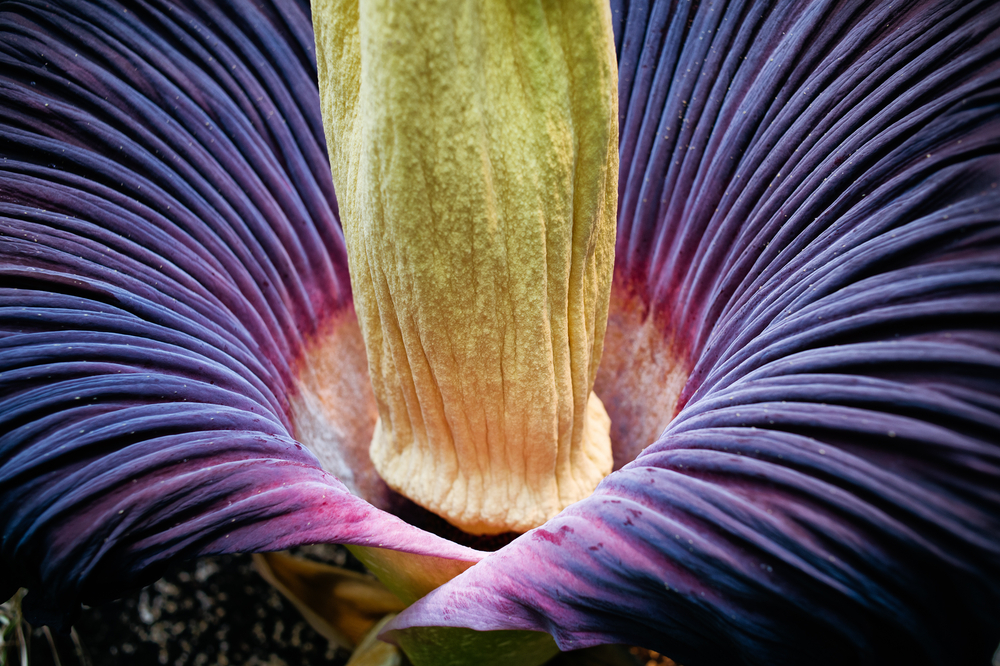
Similar to the corpse flower, the Titan arum releases a rancid odor that resembles decaying flesh. The smell is incredibly intense and can permeate an entire room, making it difficult to live with. The plant blooms infrequently, but when it does, the stench can overwhelm anyone nearby. For those who value a pleasant-smelling home, bringing this plant indoors is a mistake.
The Titan arum is a rare plant that requires significant care, and its odor is just one of the challenges of growing it. If you are considering this plant, be prepared for a strong, lingering scent that lasts for several days. Due to its unique size and flower, it may be more of a novelty than a practical houseplant.
Calla Lily (Zantedeschia spp.)
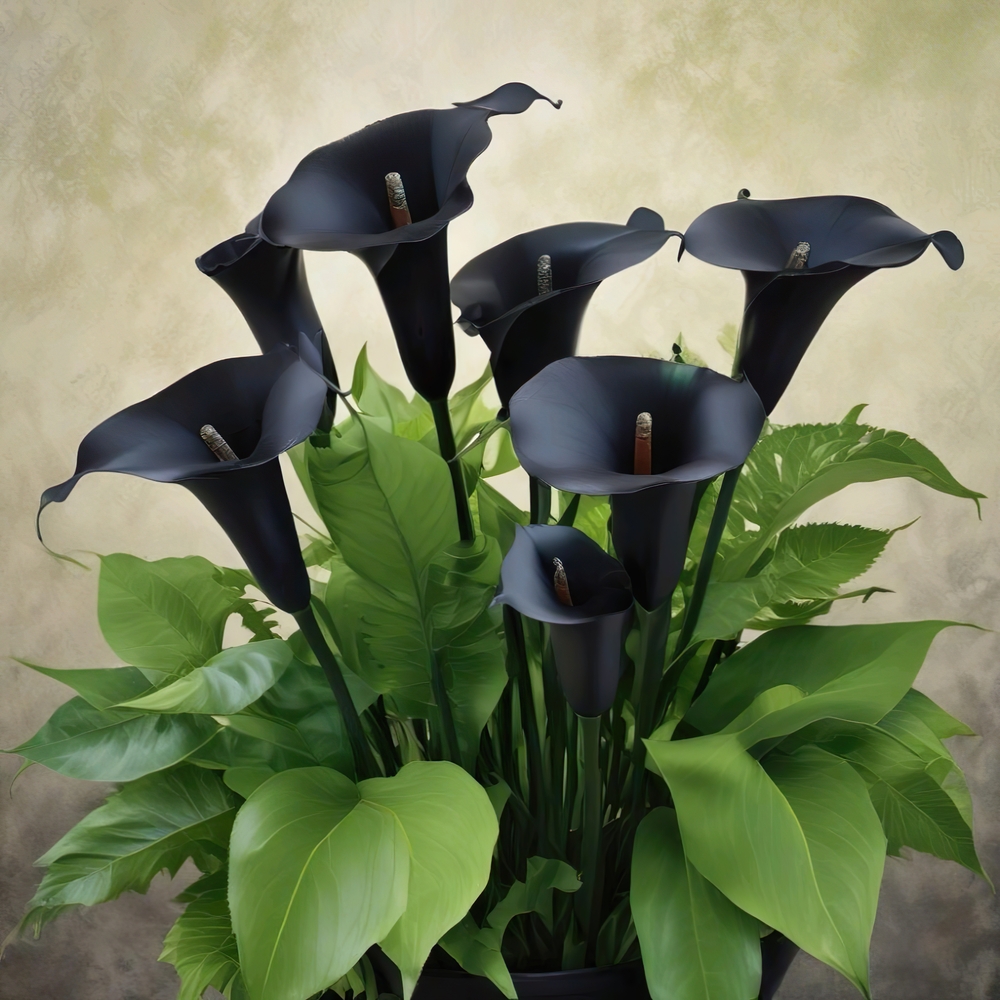
While calla lilies are loved for their elegant flowers, some varieties emit a smell that many find unpleasant. The odor is often described as musty or similar to mold, which can make them difficult to enjoy indoors. When these plants bloom, the smell can fill a room and linger for days. If you are sensitive to odors or live in a smaller space, you may find the scent of the calla lily overwhelming.
Calla lilies are beautiful, but their fragrance is not universally appealing. They prefer moist, cool conditions, which may contribute to the strong smell in confined indoor spaces. For those seeking a fragrant houseplant, calla lilies may not be the best option. Consider growing them outdoors where their scent can be more easily tolerated.
Heliconia (Heliconia rostrata)
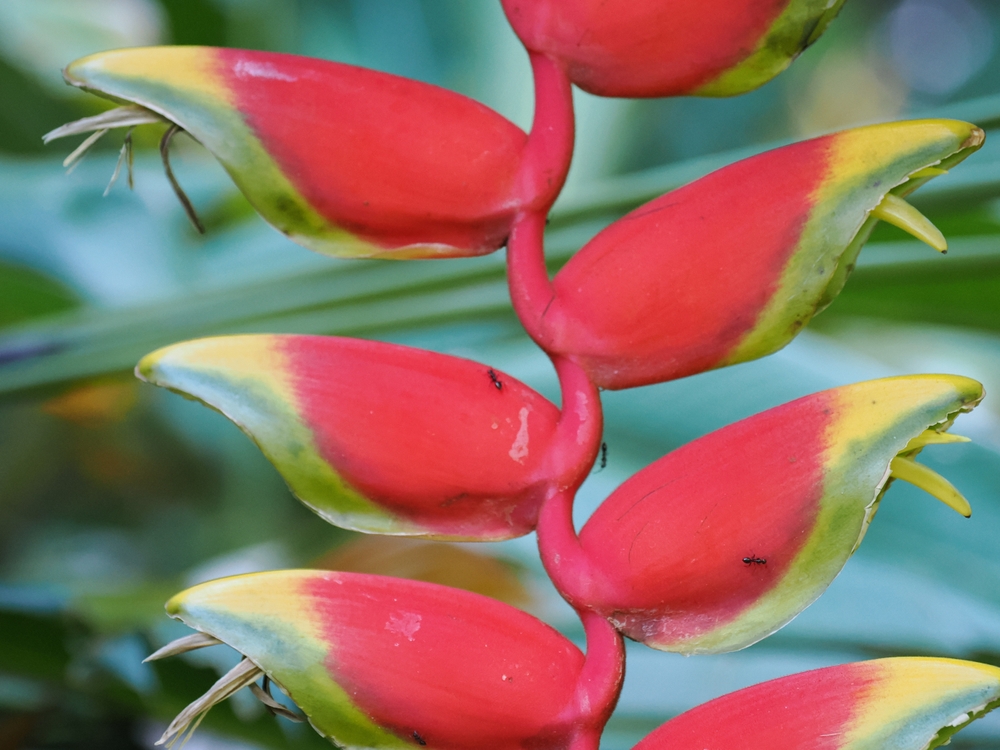
Heliconia, also known as lobster claw, is a tropical plant that produces an odor that can be off-putting to some. While the plant’s striking flowers are a visual delight, the smell is less pleasant. The scent is often described as musky, which can be overpowering indoors. If you are looking for a fragrant houseplant, this one may not meet your expectations.
In its natural environment, heliconia’s scent is less noticeable, but in small indoor spaces, it can become overwhelming. This plant thrives in humid conditions, which may further intensify the smell. For those who enjoy fresh, clean air, the scent of the heliconia may make you reconsider its place in your home. It is best suited to larger spaces where the odor has room to dissipate.
Jasmine (Jasminum spp.)
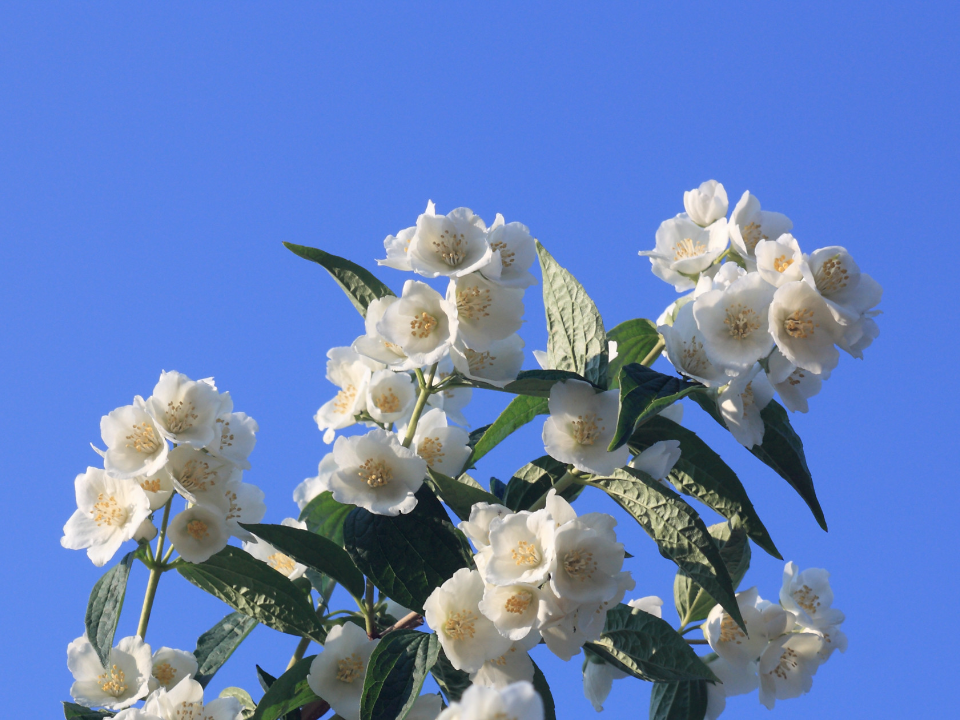
Jasmine is often praised for its sweet fragrance, but some varieties can produce a scent that is overpowering in confined spaces. The strong perfume can become overwhelming, especially in smaller rooms where the scent lingers. If you have a sensitive nose or dislike strong floral smells, you may regret growing jasmine indoors. While it is known for its beautiful flowers, the intensity of its scent can make it unsuitable for some homes.
Jasmine prefers bright, warm conditions and will thrive in sunny spots. However, if you are not careful, its fragrance can fill the air and cause discomfort. The plant can be a wonderful addition to a garden or balcony, where the smell can be more easily enjoyed. When grown indoors, though, it is important to ensure it does not dominate the room with its strong scent.
Lemon Balm (Melissa officinalis)
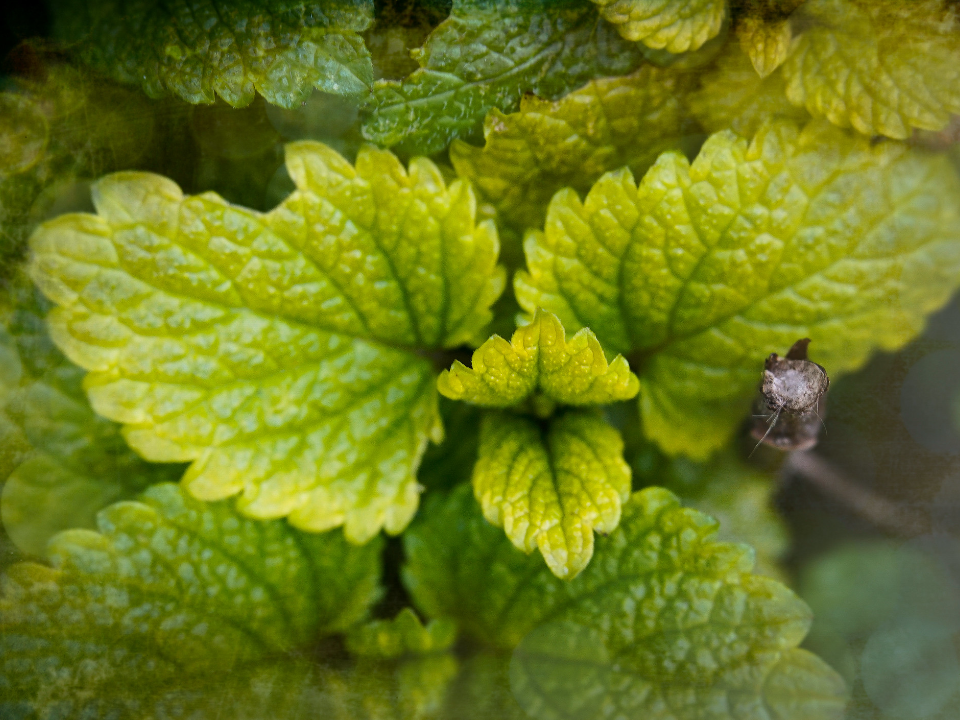
Lemon balm is a pleasant-smelling herb, but its scent can be overpowering if grown indoors. While it has a lemony fragrance that some find refreshing, the smell can quickly fill a room and become cloying. If you are growing lemon balm in a small space, the scent may become too intense.
Lemon balm is easy to grow, but it can spread quickly, which may add to its strong aroma. If you prefer a more neutral-smelling environment, this herb may not be the best choice for your home. It thrives in sunny, well-drained conditions and is often used in teas or as a culinary herb. For those seeking a fresh scent, it might be better to grow lemon balm outdoors.
Cress (Lepidium sativum)
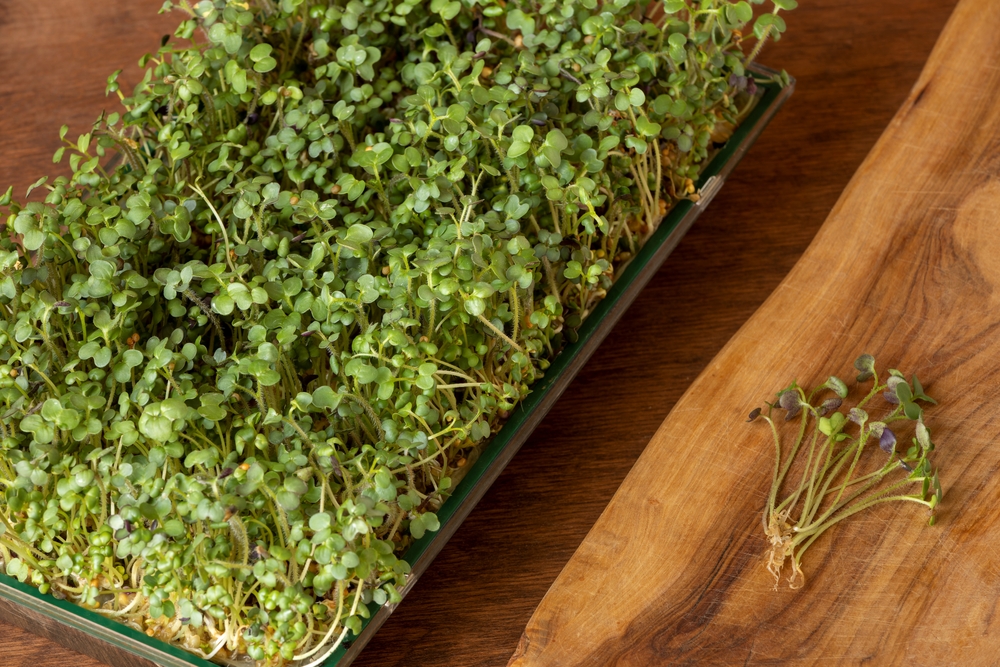
Cress is another herb that can emit a sharp, musty odor when grown indoors. The scent is often compared to wet, earthy soil, which may not be to everyone’s liking. Though it grows quickly and is easy to care for, the smell can dominate the space, making it unpleasant to have indoors. You may regret adding cress to your home if you prefer a more pleasant, fresh atmosphere.
Cress is often used in salads and as a garnish, but its scent can quickly overpower these uses if grown in small spaces. It thrives in cooler, moist conditions, which may intensify the smell. If you are looking for a plant that provides a subtle fragrance, cress is likely to disappoint.
Mint (Mentha spp.)
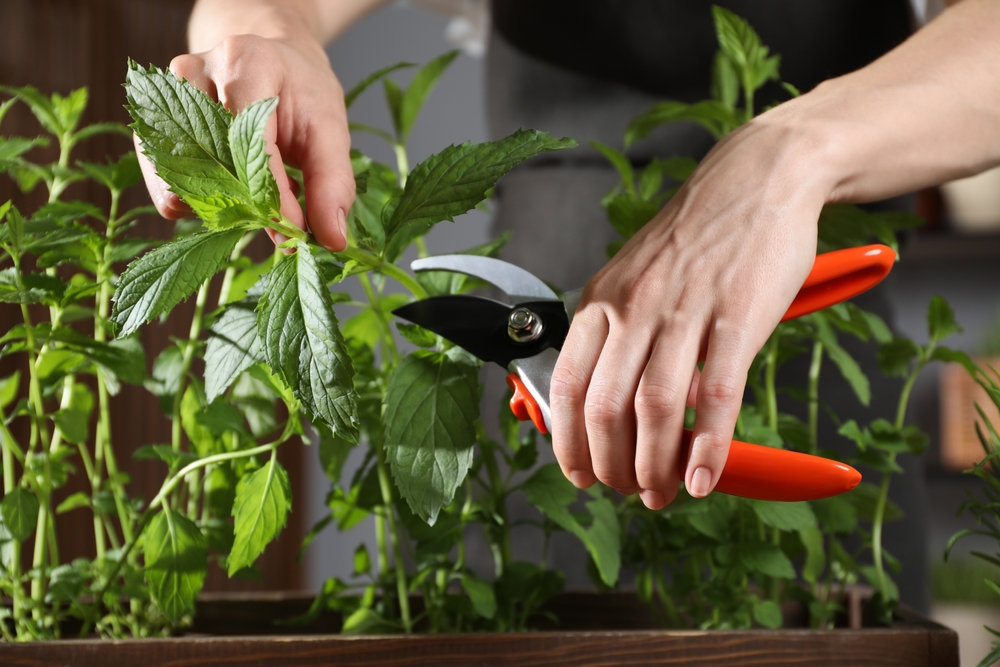
Mint is a popular herb known for its refreshing scent, but it can become overwhelming when grown indoors. While its fragrance is often considered pleasant, the smell can become too strong when the plant is thriving. If you do not trim it regularly or manage its growth, the scent can quickly fill the air and become overpowering.
Mint grows quickly and spreads easily, which contributes to its strong aroma. If you decide to grow it indoors, be prepared for a potent fragrance that fills the room, especially when the plant is watered or touched. It is an invasive herb that requires frequent pruning, making it a bit high-maintenance in smaller indoor spaces. You may find it better suited for an outdoor garden where its scent can dissipate more easily.
Gardenia (Gardenia jasminoides)
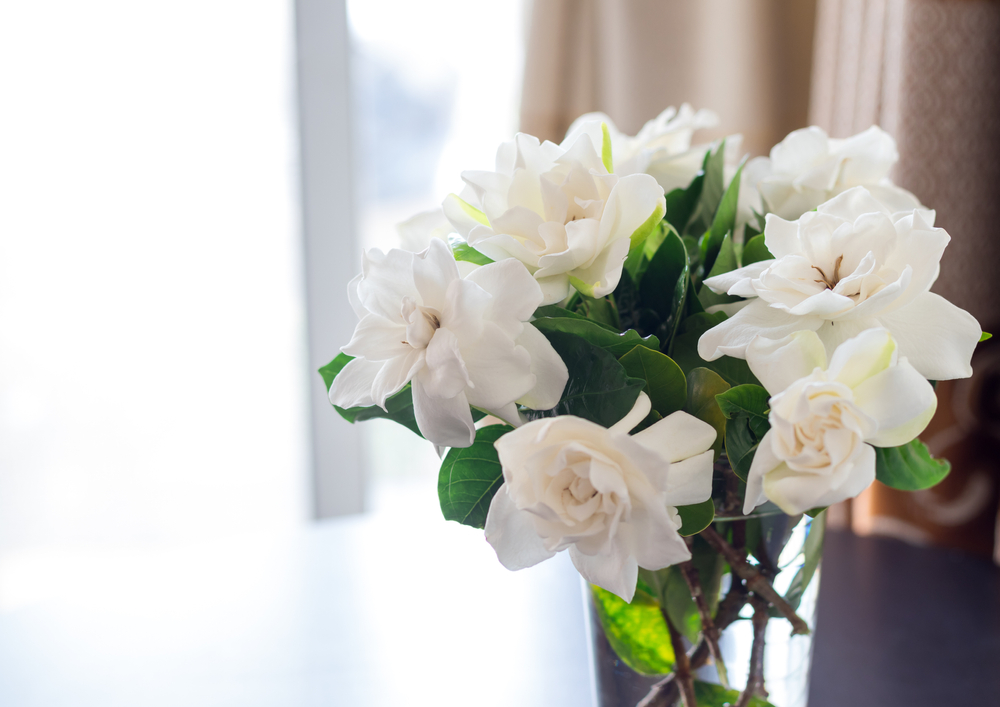
Gardenias are known for their fragrant white blooms, but their scent can be too strong for some people. While the flowers are beautiful, their powerful fragrance can quickly become overwhelming indoors. The smell may dominate the room, especially during blooming season, and cause discomfort for those sensitive to strong floral scents. If you do not enjoy strong perfumes, you might regret growing gardenias inside your home.
These plants require a lot of care, including high humidity and consistent temperatures, which can make them difficult to manage indoors. Gardenias need plenty of sunlight and can be fussy about their growing conditions. If you are looking for a plant that will not overpower your space, consider other options with less potent fragrances.
This article originally appeared on Avocadu.
